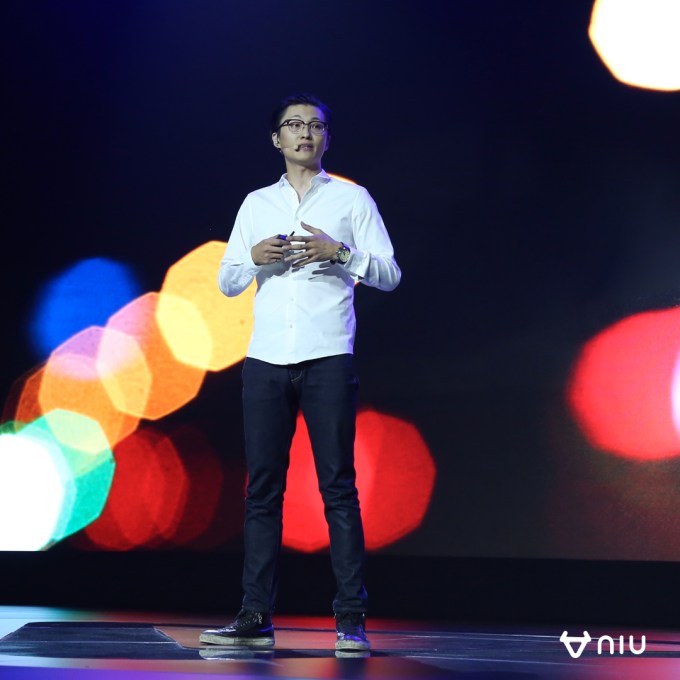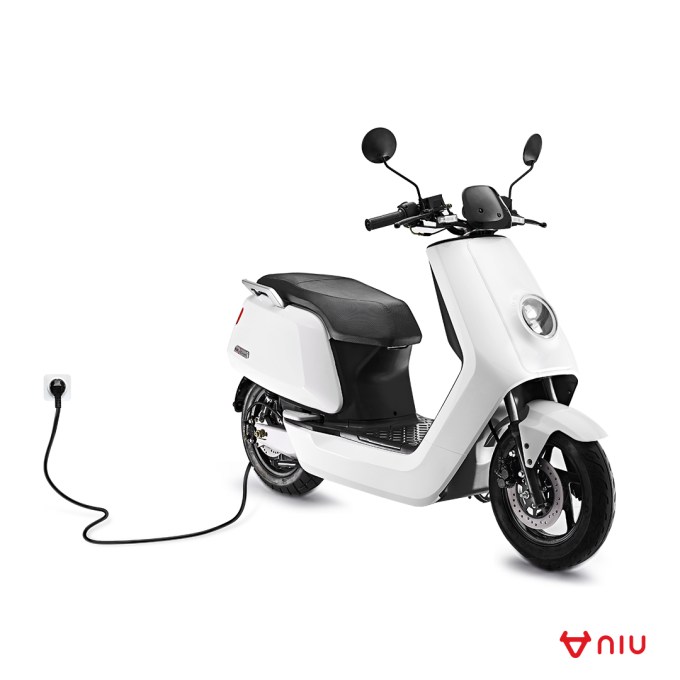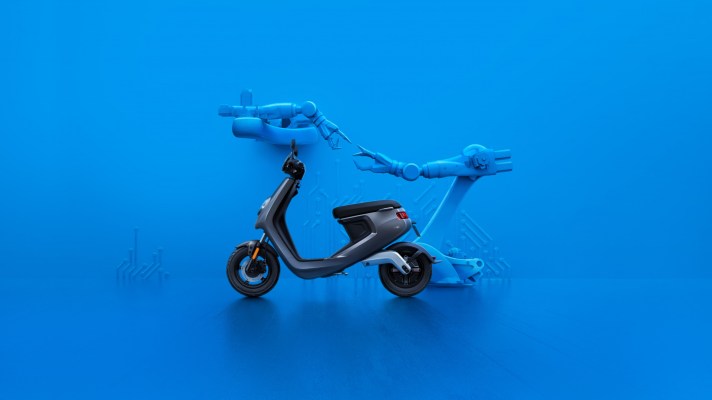Editor’s note: This post originally appeared on TechNode, an editorial partner of TechCrunch based in China.
China is a big country with big cities and big roads. Imagine what it must feel like to know that the closest subway station or bus stop is 20-30 minutes away. Imagine getting in your car at 2 pm on a Thursday thinking that the traffic should be okay only to find that traffic definitely isn’t okay. Imagine taking a cab to the nearest supermarket because it would take 30 minutes to walk there.
Welcome to the life of over half the Chinese population.
The last 6 km problem
Usually, when we talk about the last mile problem, we’re referring to connectivity or logistics, i.e. how does an ISP ensure efficient investments to few people? However, for transportation in China, it’s the last 6 kilometers that’s the real problem. That’s exactly the problem that Token Hu, co-founder and head of product at Niu (pronounced “new”), set out to solve.
“The goal we set for ourselves was to find the solution to the problem of city traffic. After a lot of research about the situation in China, US, and Europe, we don’t think electric cars can solve the problem. There are enough cars on the road already,” he said in an interview.
“We thought about the last mile problem when we first started thinking about the product, but when we were doing our research, we found it’s not only the last mile. Every day people travel to work, meetings, grab a coffee, or meet friends, the average distance is 3-6 kilometers. Everyone does about that distance. So we asked ourselves, what kind of vehicle can conveniently travel that distance?” Hu added.
The answer, as we now know, was e-scooters.
However, the company was about to enter into an already saturated market: 20-30 million e-scooters and e-bikes are sold each year for a total of more than 200 million. These bikes, though, are relatively cheap to make and buy; the most expensive and inconvenient part is the battery, traditionally a heavy lead-acid block weighing anywhere between 20 to 50 kilograms depending on power and capacity.

Token Hu at the Niu’s launch event in 2015
The three biggest problems
Looking at Hu’s industrial and graphic design background, one might easily assume that the first problem they would look to solve would be the most obvious and visible: the look and feel. Niu, however, came from a different angle.
“The first major problem we wanted to solve was the battery mobility problem. We wanted to make something that was removable, light, and small,” Hu explained. “A major reason people don’t buy an e-scooter is the battery. Removable, small, and really efficient was the first problem we tried to solve.”
So, they created a lightweight, but powerful, lithium-ion battery. However, as anyone who has spent any time in China knows, a bane for any bike or scooter rider (electric or no) is theft. Theft of the battery, theft of the vehicle, and sometimes just theft of parts.
The best method of prevention is the most obvious one: make it hard to steal. There are a few different ways to do that: you can add more locks or you could do what the car and mobile phone industry have done.
“Before Niu, every e-scooter company uses different suppliers for the batteries, motor, controller, dashboard, different parts,” Hu said. “There’s no operating system. We want to make the whole system communicate with each other and communicate with our cloud services. Every time you change a piece, our servers will know.”

The company’s full-size model
Only after the company solved those two fundamental problems, did it begin to consider the scooter’s look and feel. As China’s economy is developing, consumers are beginning to expect more, according to a McKinsey report, and there’s increasing evidence that they are willing to pay for it, too. That’s the market they targeted.
“Why are people buying a 2,500 RMB ($350) bike? Because they have no other choice. The older people are buying the older generation of products, the young generation doesn’t want to buy that stuff because it doesn’t fit their philosophy. It doesn’t fit their beliefs. It doesn’t fit with their style,” Hu explained. “People like us, we use iPhone or Xiaomi. We want things that are simple, elegant, friendly.”
The strategy seems to be working.
Crowdfunding pre-sales campaigns for Niu’s first full-sized e-scooter and mini e-scooter have been major successes: 72,022,526 RMB and 81,380,425 RMB, respectively — that’s around $10.5 million and $11.75 million.
Even with prices that are 40-130 percent higher (3399 to 6899 RMB), sales are growing along with its fanbase. To date, Niu has sold over 90,000 units of its latest full-sized model, the N1S, and 60,000 units of the M1.
